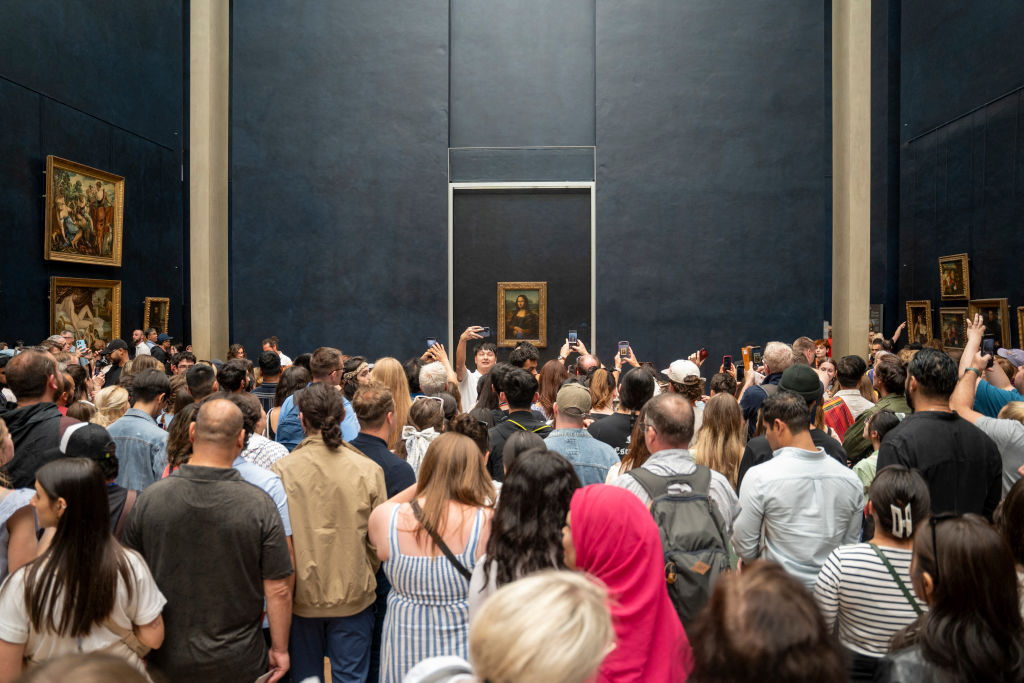Beginning January 1, 2026, major French museums—including the Louvre and the Château de Versailles—will charge non-European Union visitors €30 (about $35), up from €22 ($25), according to Le Monde.
The new pricing, described as a “differential tariff,” marks a sharp turn in France’s long-professed commitment to universal access to culture. It’s also triggered a domino effect: the policy will soon be tested at other top tourist destinations, including the Arc de Triomphe or the Conciergerie (both managed by the National Monuments Center), the Château de Chambord in the Loire Valley, and Paris’s Opéra Garnier. More institutions are expected to adopt the model in 2027.
Related Articles

The goal is to plug financial holes left by cultural budget cuts, waning corporate sponsorships, and rising restoration costs.
At Versailles, where 42 percent of the site’s 8 million annual visitors come from outside Europe, administrators are eyeing these funds as a lifeline. The funds might go toward mending cracked pools, neglected groves, or leaking rooftops. At Chambord, where non-EU tourists account for just 10 percent of admissions, officials are nonetheless considering raising prices from €19 to €29—because the chateau needs “€100 million for renovations over 10 years, including €25 million for the François I wing, which we can’t fund with our current revenue.”
Meanwhile, the Louvre itself is facing a staggering €400 million ($450 million) in repair needs over the next 15 years. According to a leaked letter from director Laurence des Cars, published by Le Parisien, much of the building is no longer watertight and suffers from erratic climate conditions that jeopardize the collection. President Emmanuel Macron has pledged a sweeping restoration, but insiders say the government is unlikely to foot the full bill. The €30 ticket is expected to raise €20 million per year toward those renovations.
Still, not everyone in the museum world is applauding. “Think about what this symbolizes,” said one Louvre curator, speaking anonymously to Le Monde. “Can you imagine charging an Iraqi more than a Belgian to see the Code of Hammurabi, which comes from Iraq? Charging Africans extra so they can view, at the Pavillon des Sessions, objects that their countries might one day ask to have restituted?”
The pricing strategy is legally limited to visitors from non-EU countries, since European Commission rules guarantee equal access to cultural institutions for EU citizens.
The policy has drawn backlash from French unions as well. Valérie Baud, a representative from the CFDT union at the Louvre, criticized the timing of the price hike, calling the move “discriminatory” and arguing it undermines the core values of France’s public cultural service: universality, equality, and openness.
Supporters of the policy, however, argue that a form of tiered access already exists: students under 26 from the EU are entitled to free entry, while their non-European counterparts must pay full price.
A Culture Ministry source shrugged off the worry, telling Le Monde that “tourists who have come from afar won’t hesitate to pay any price to step back in time with Marie-Antoinette, take a selfie with the Mona Lisa, or enjoy panoramic views of Paris from the Arc de Triomphe.”

